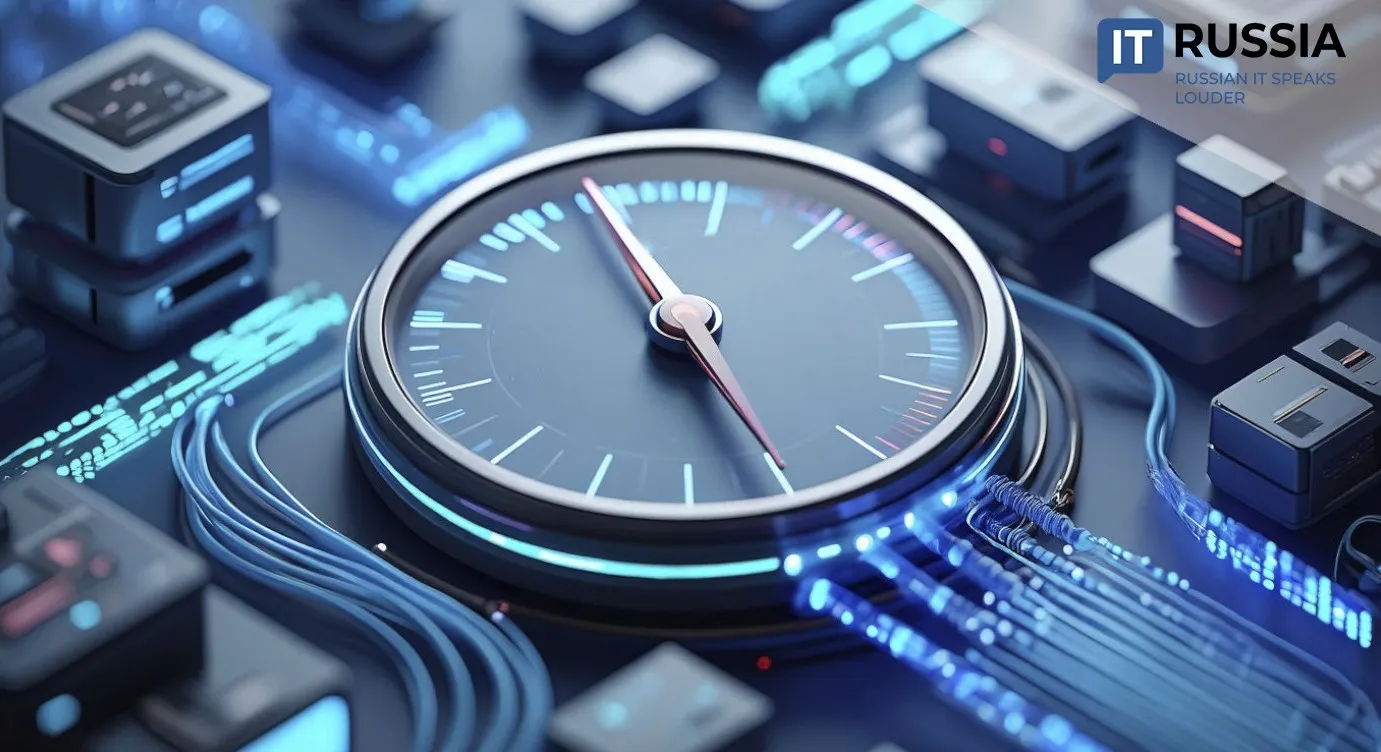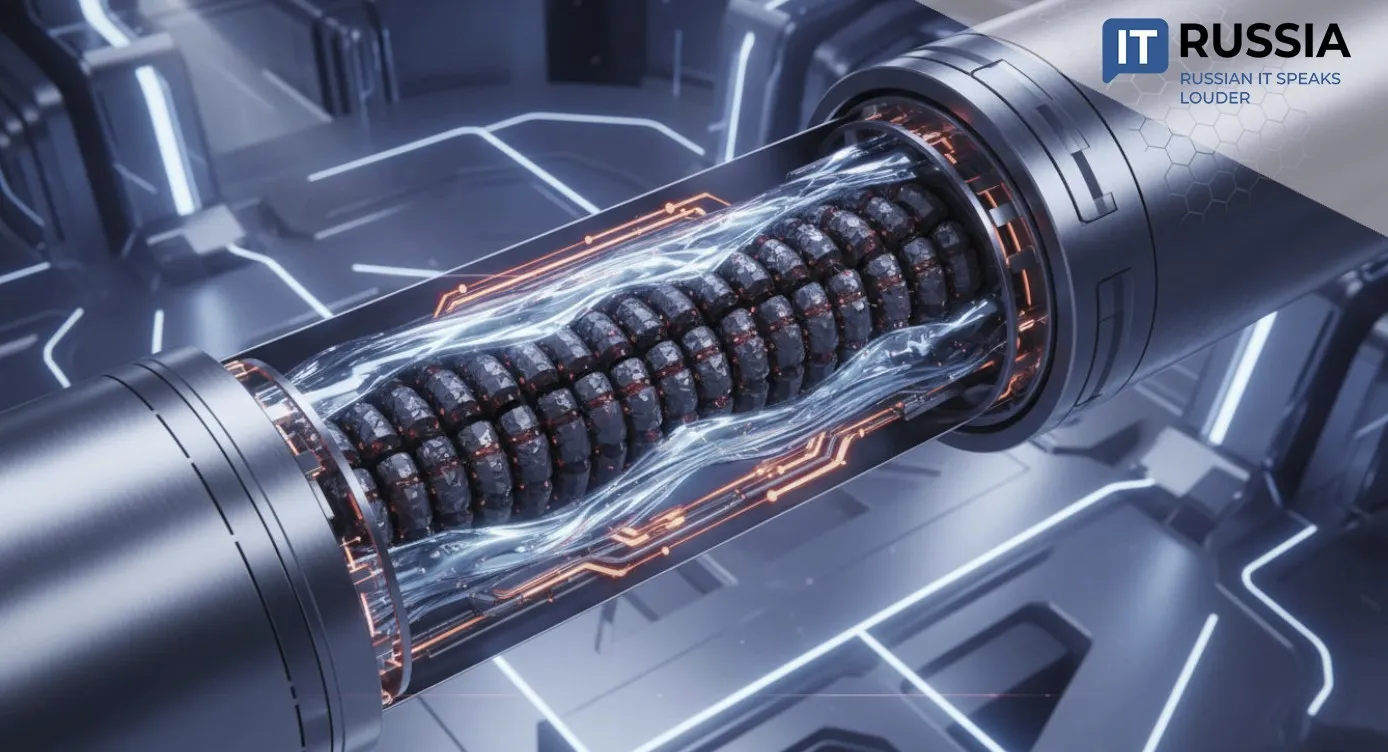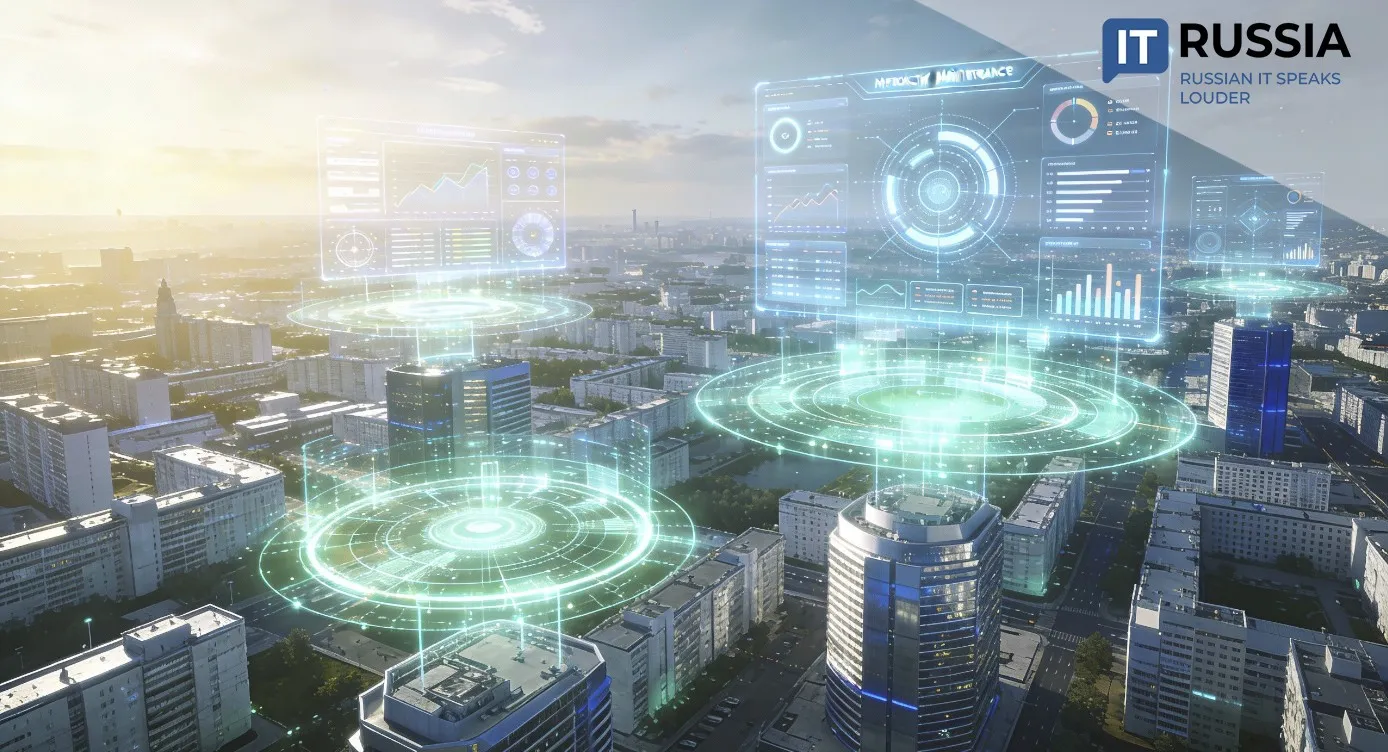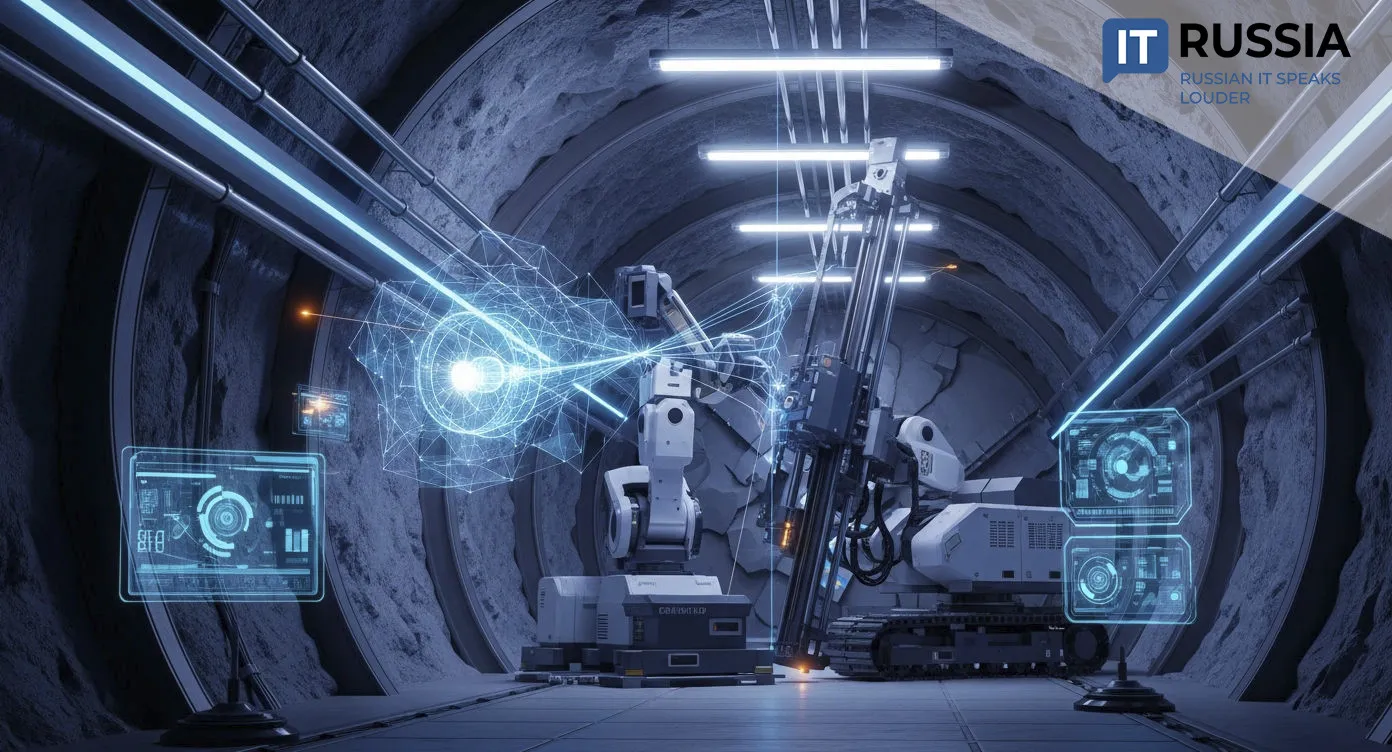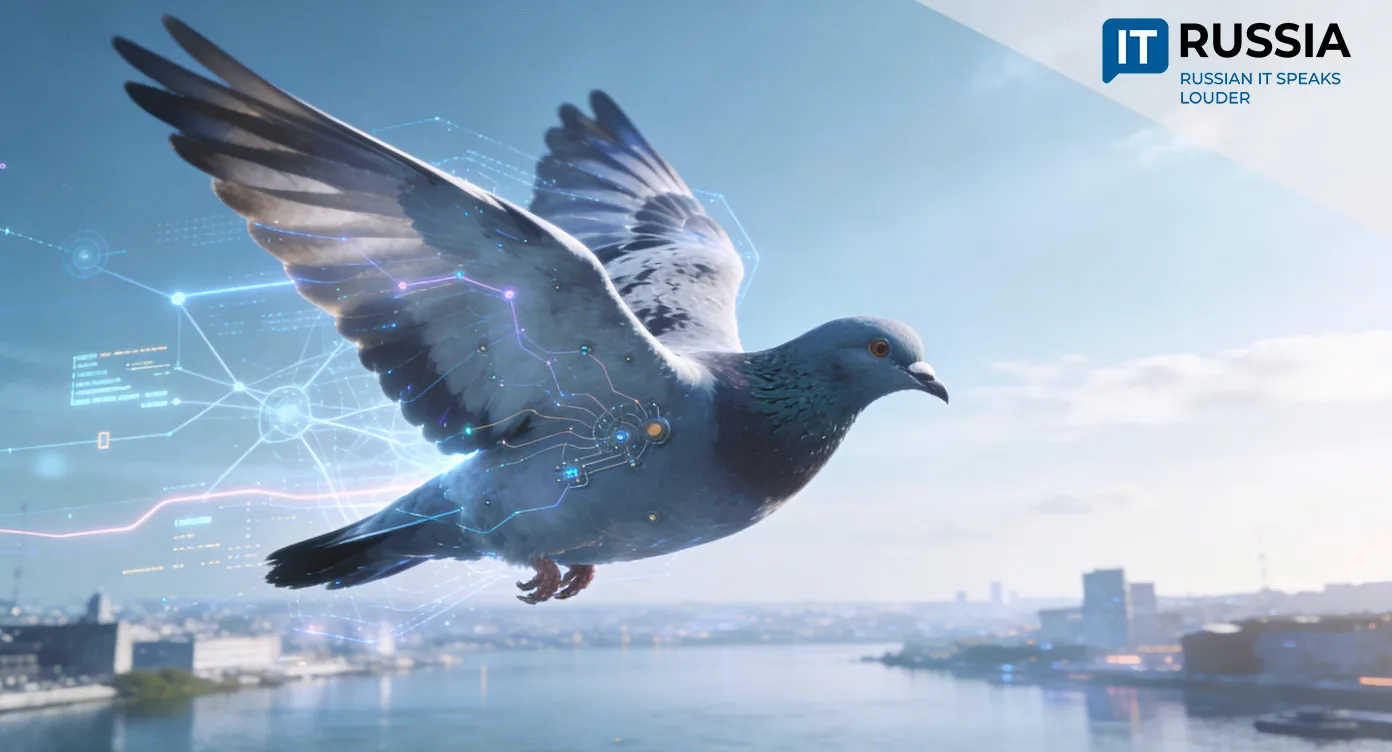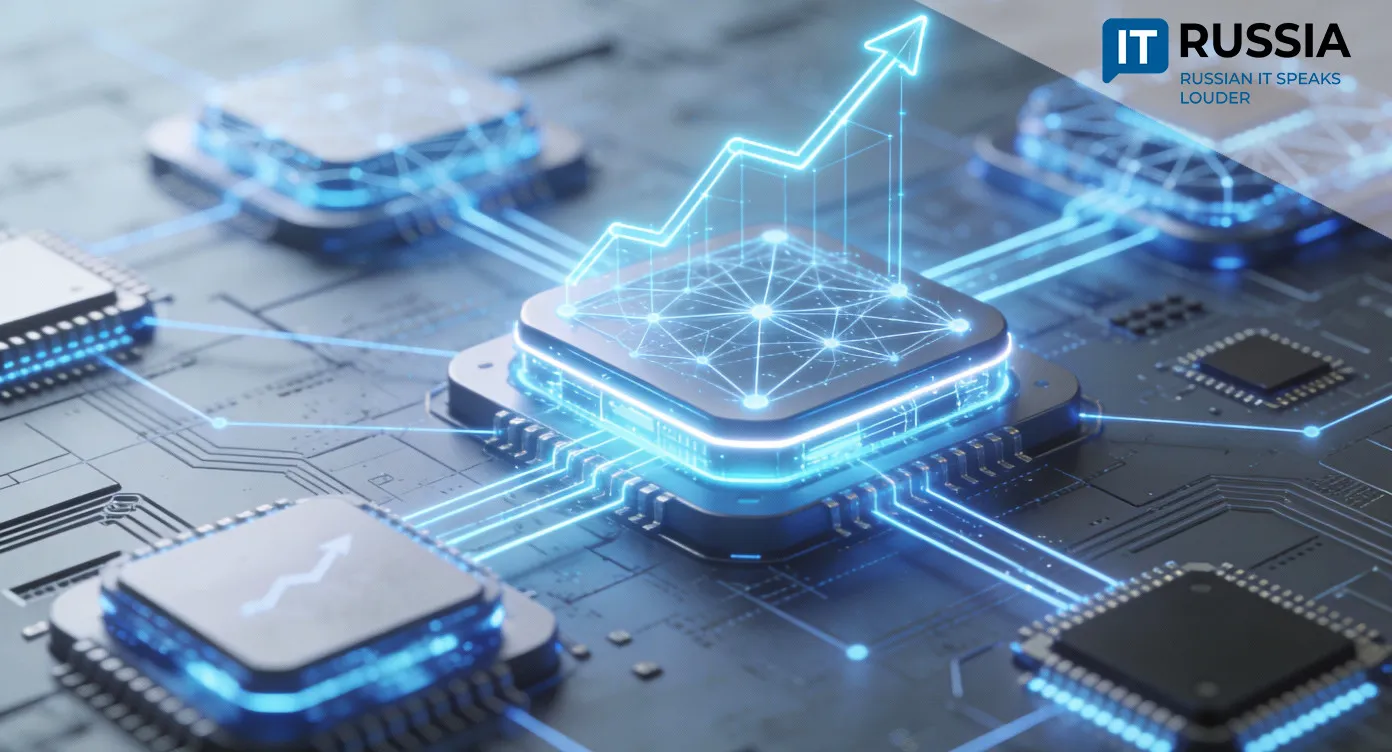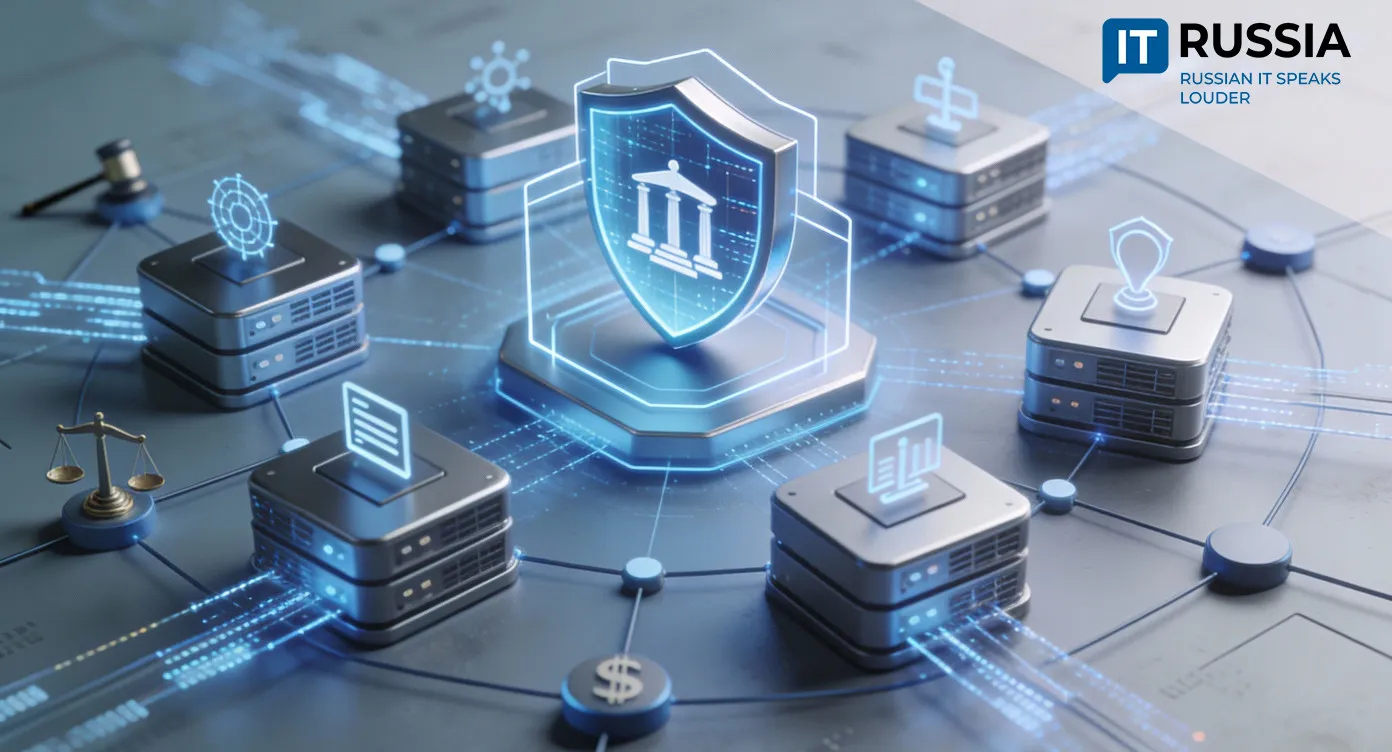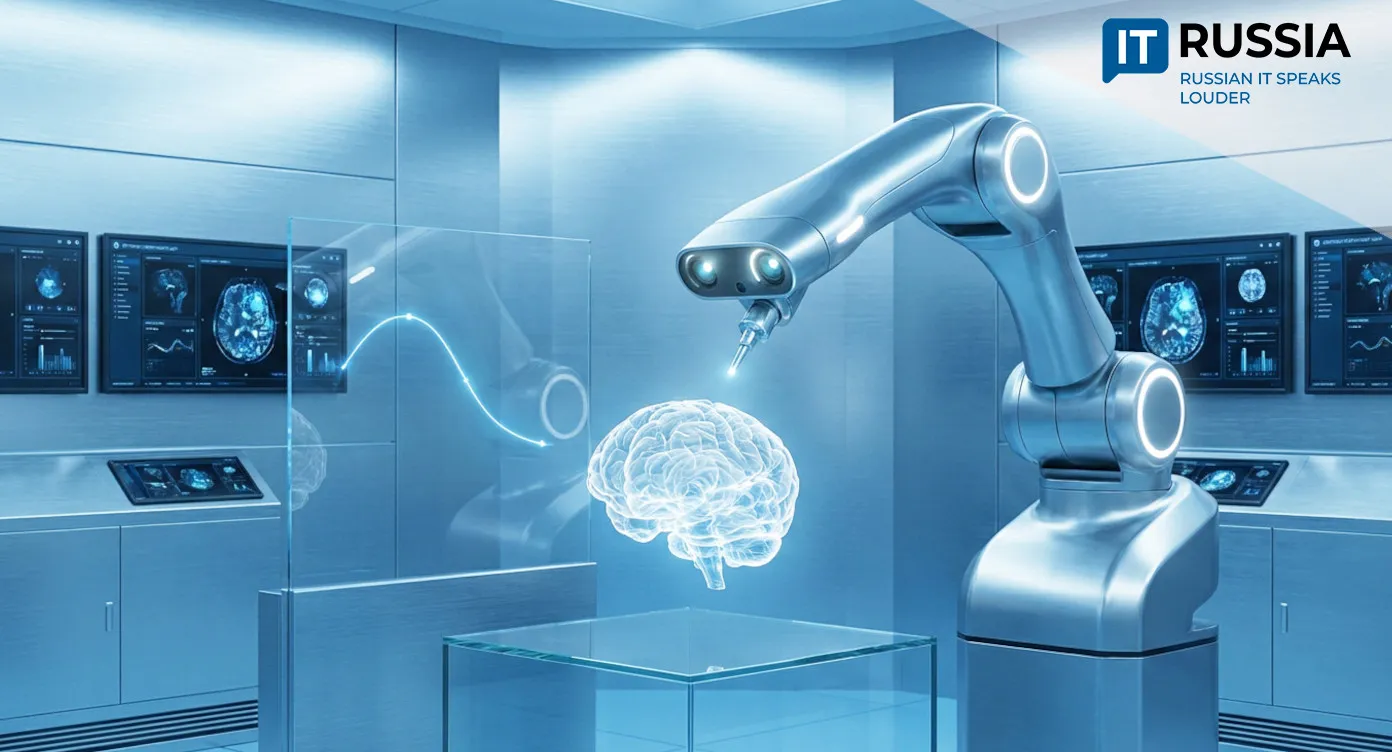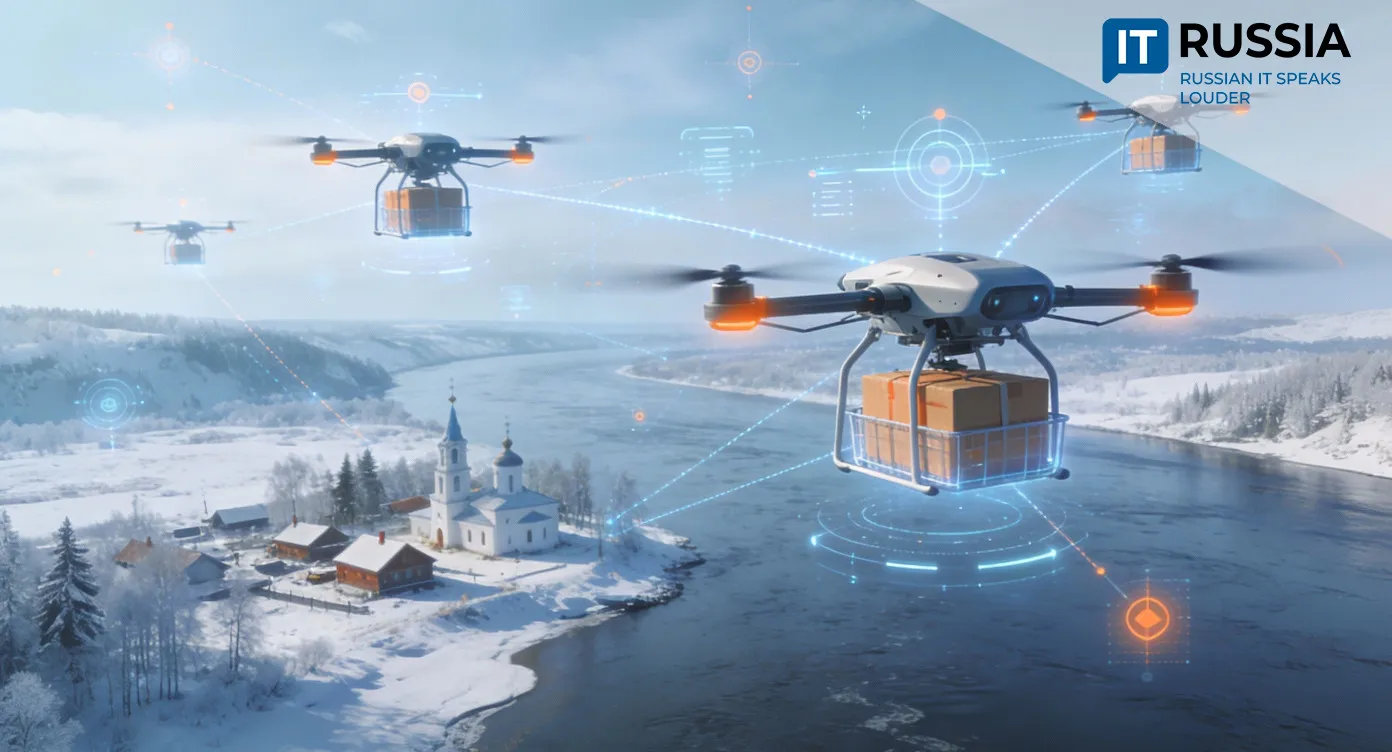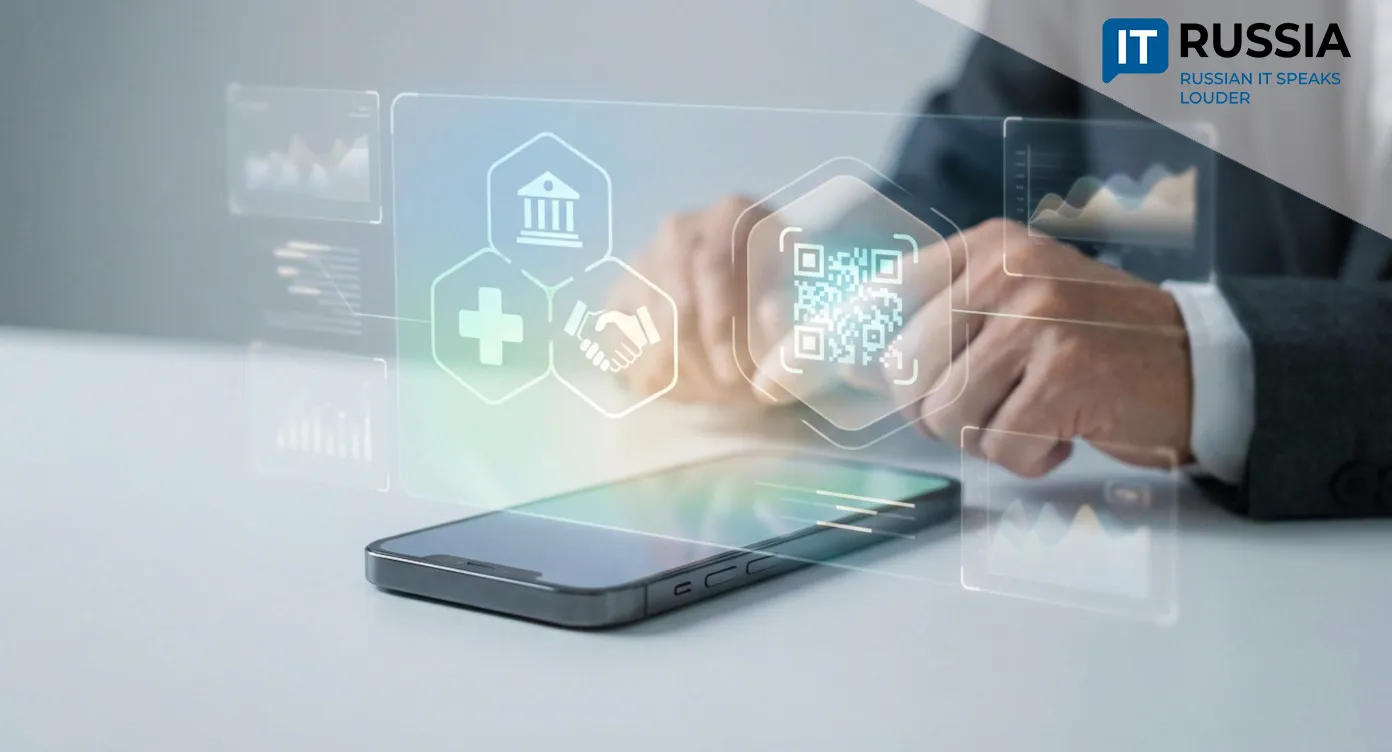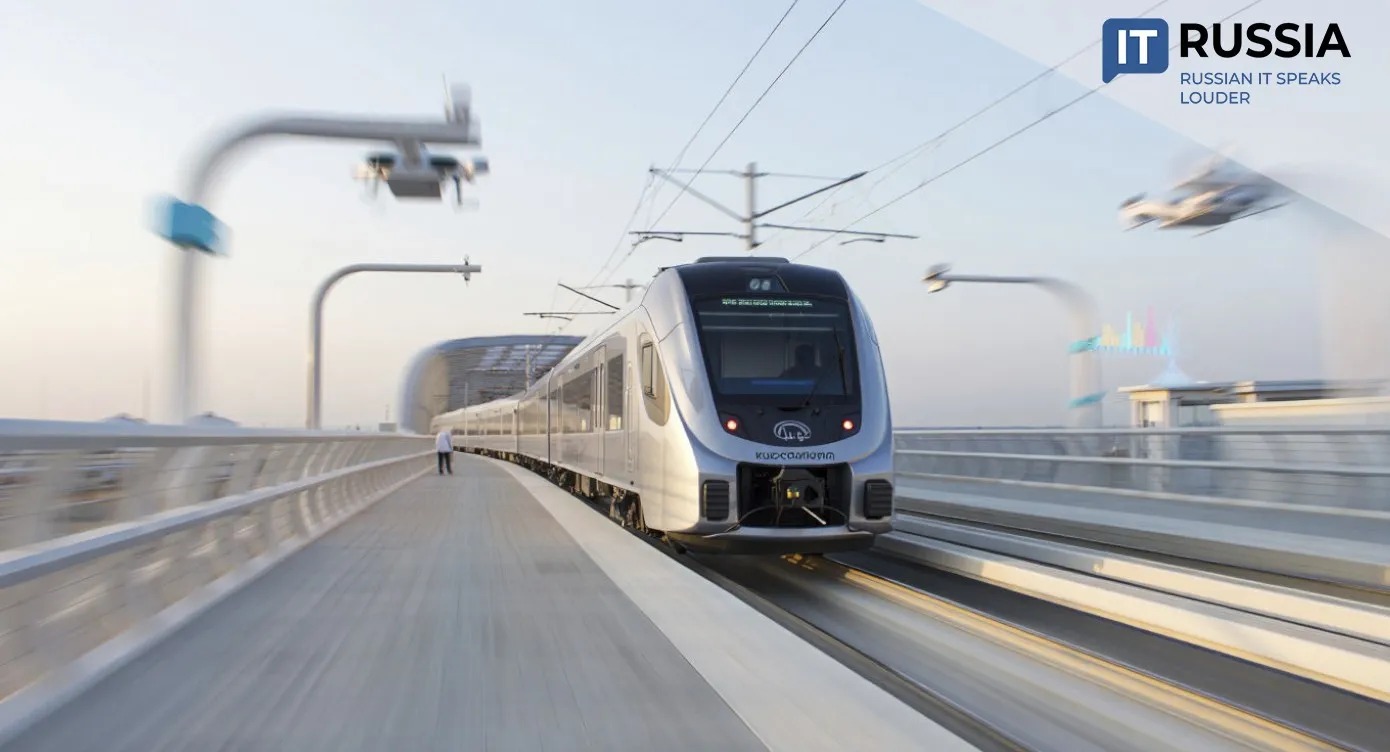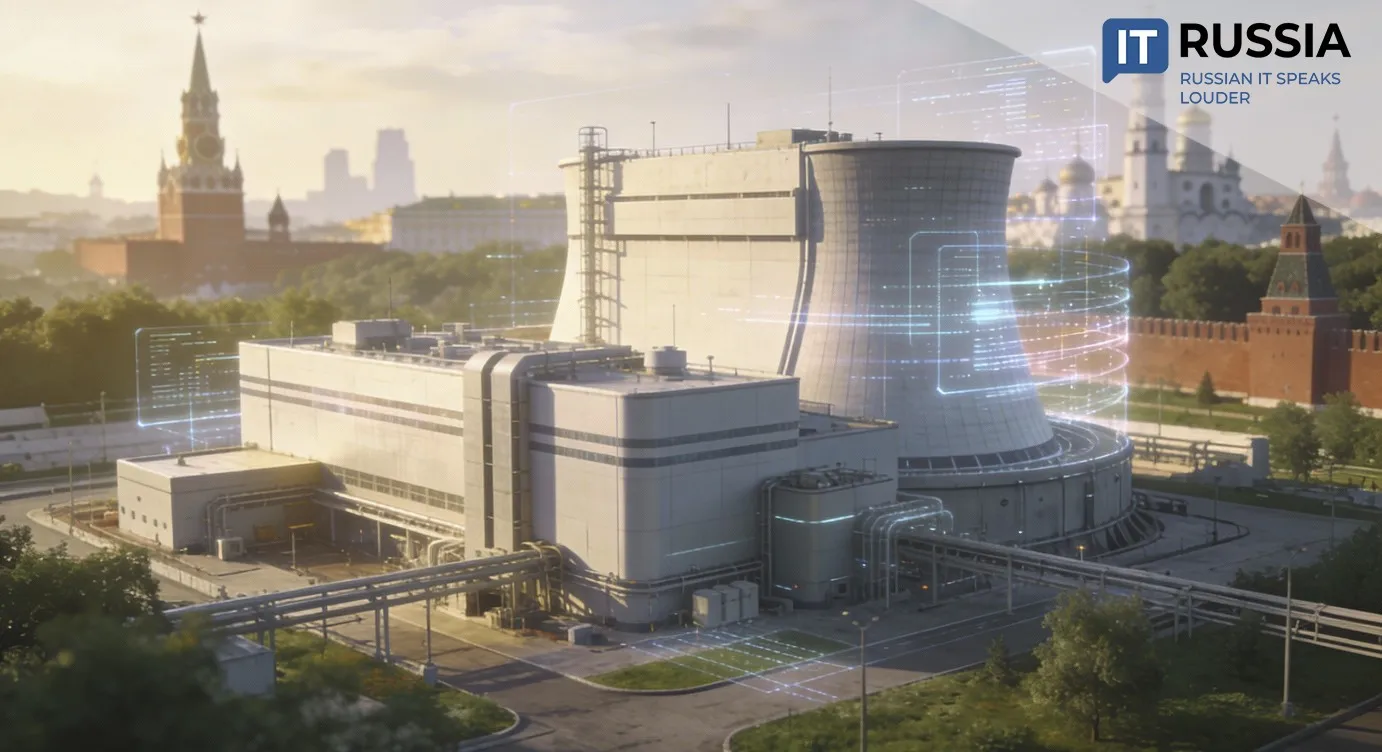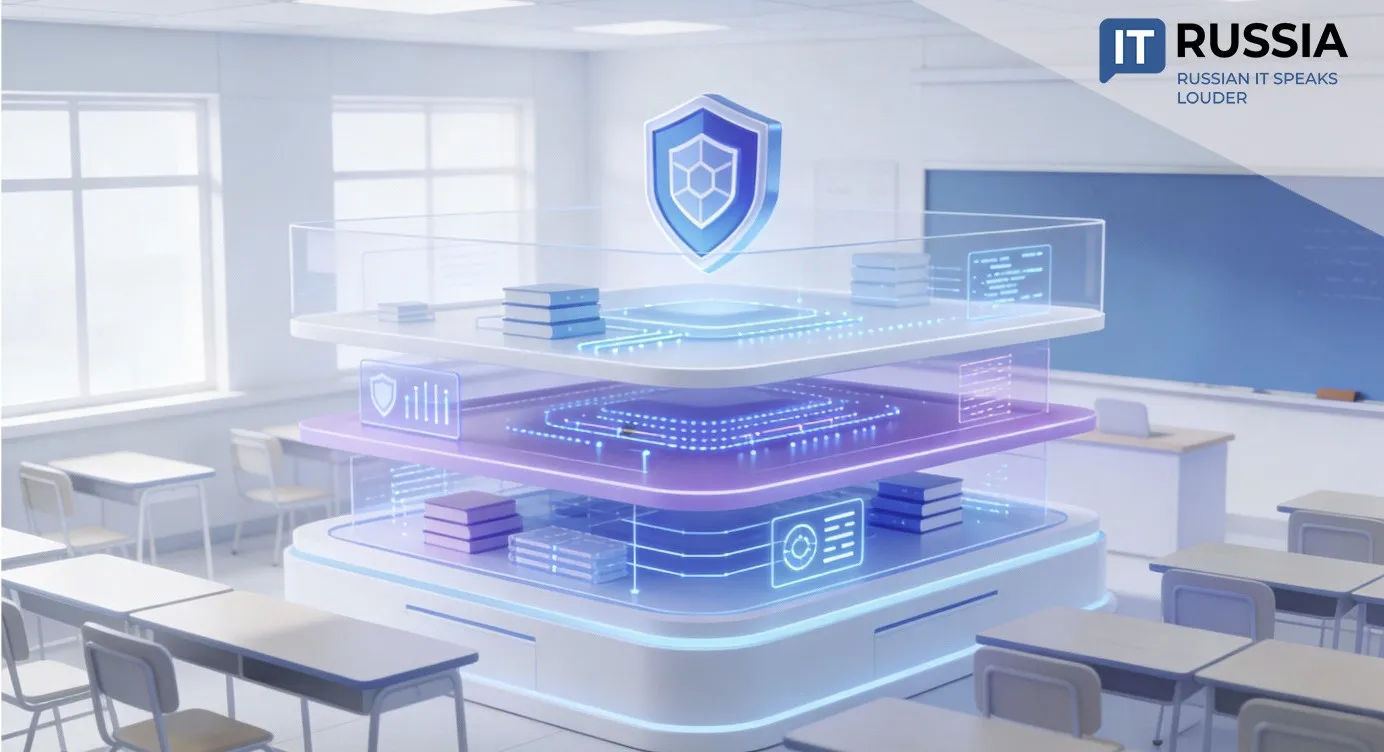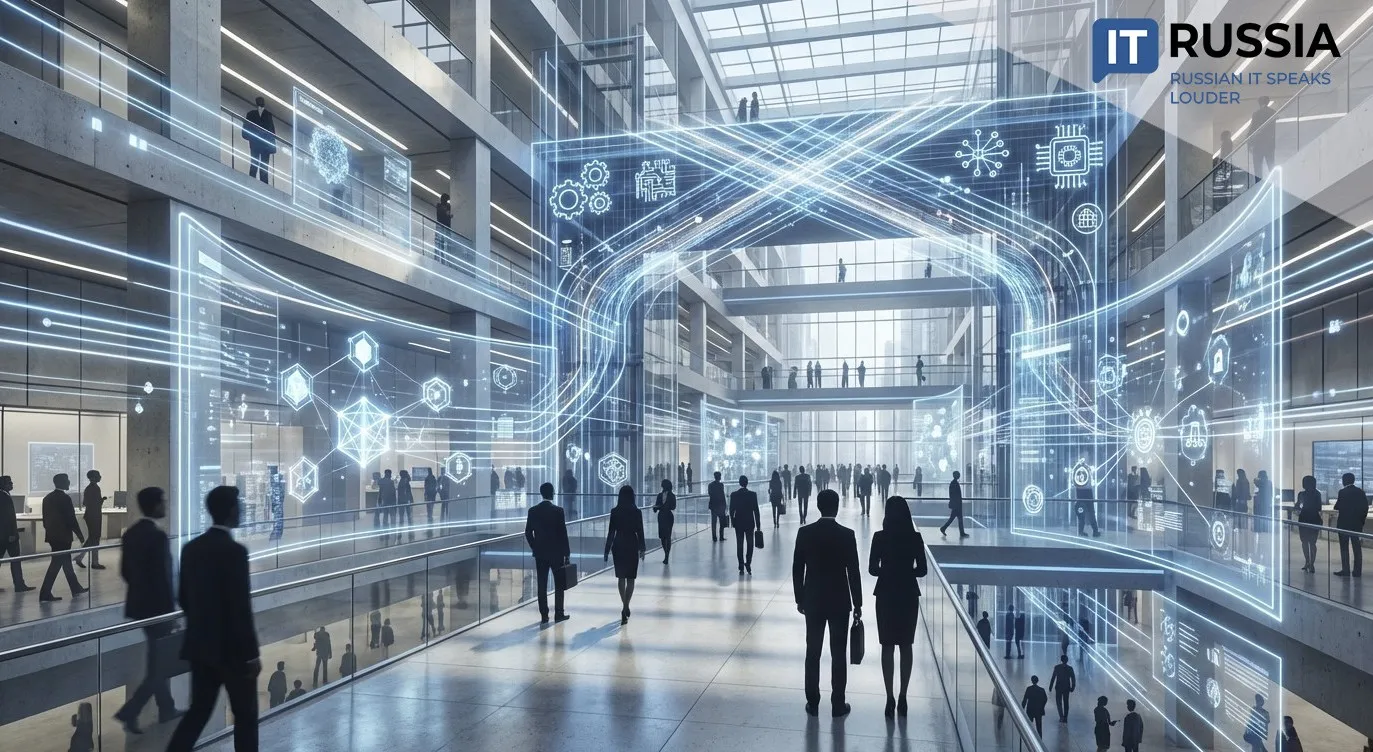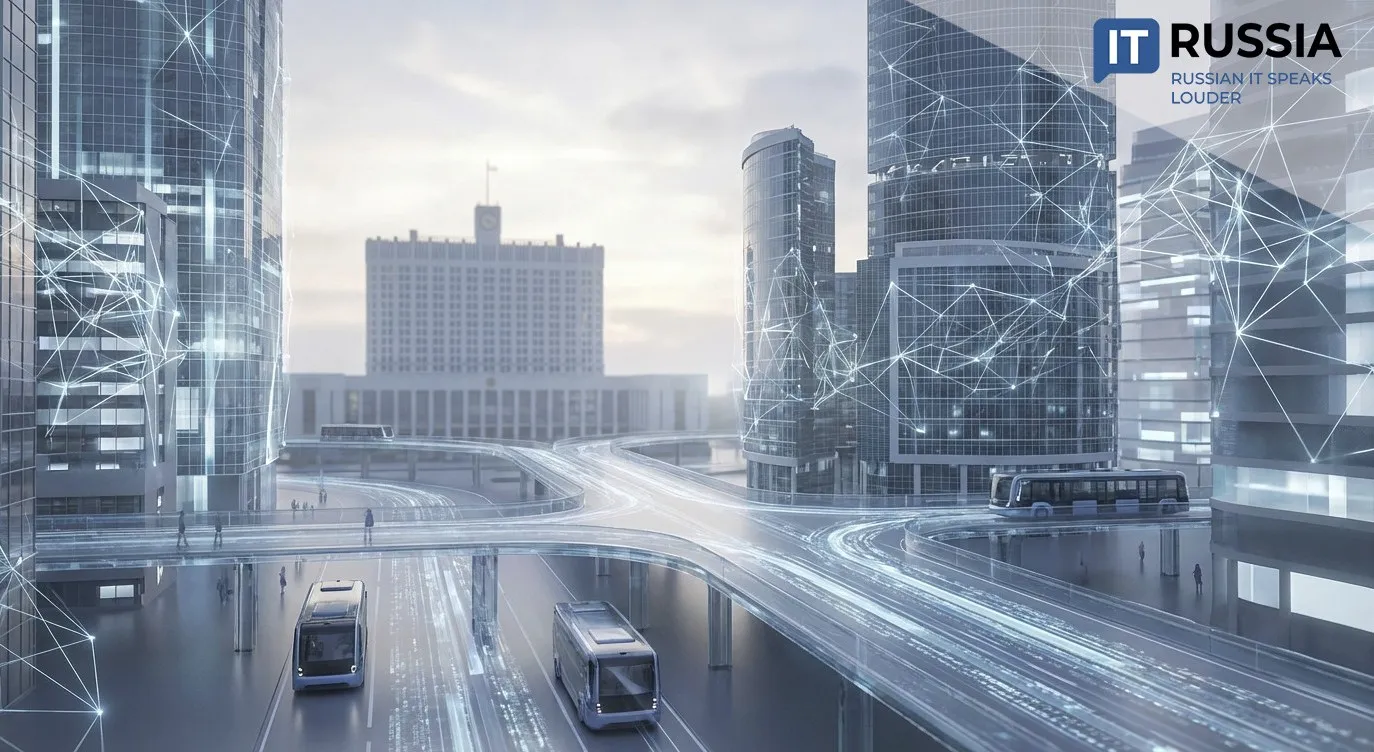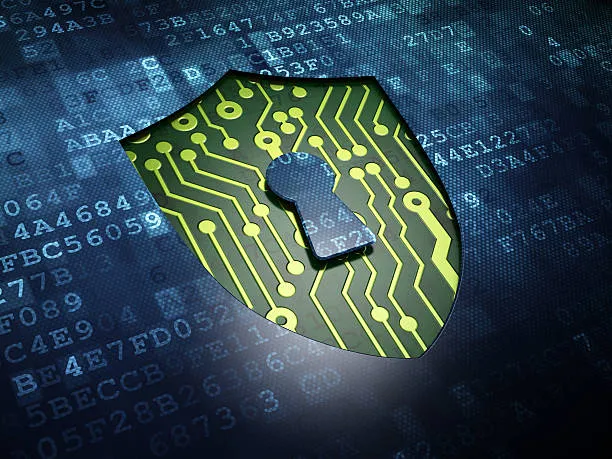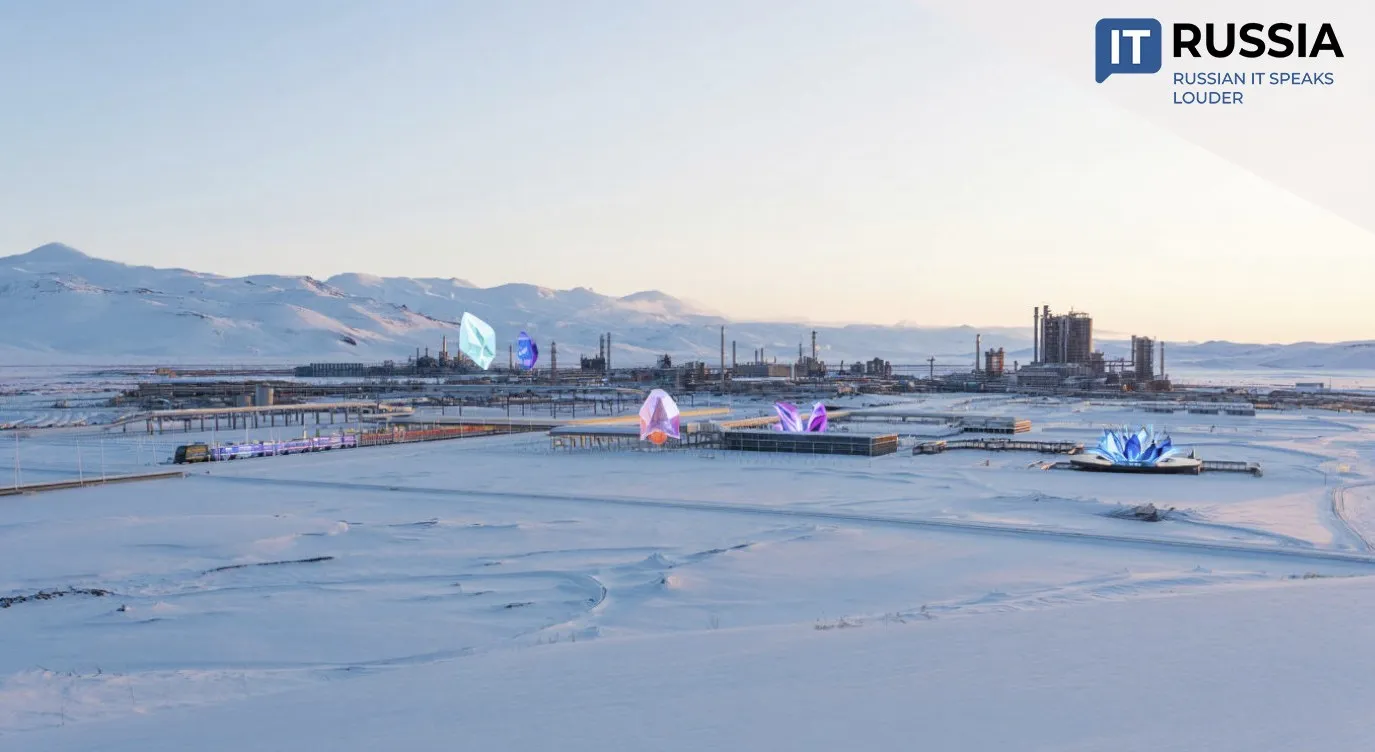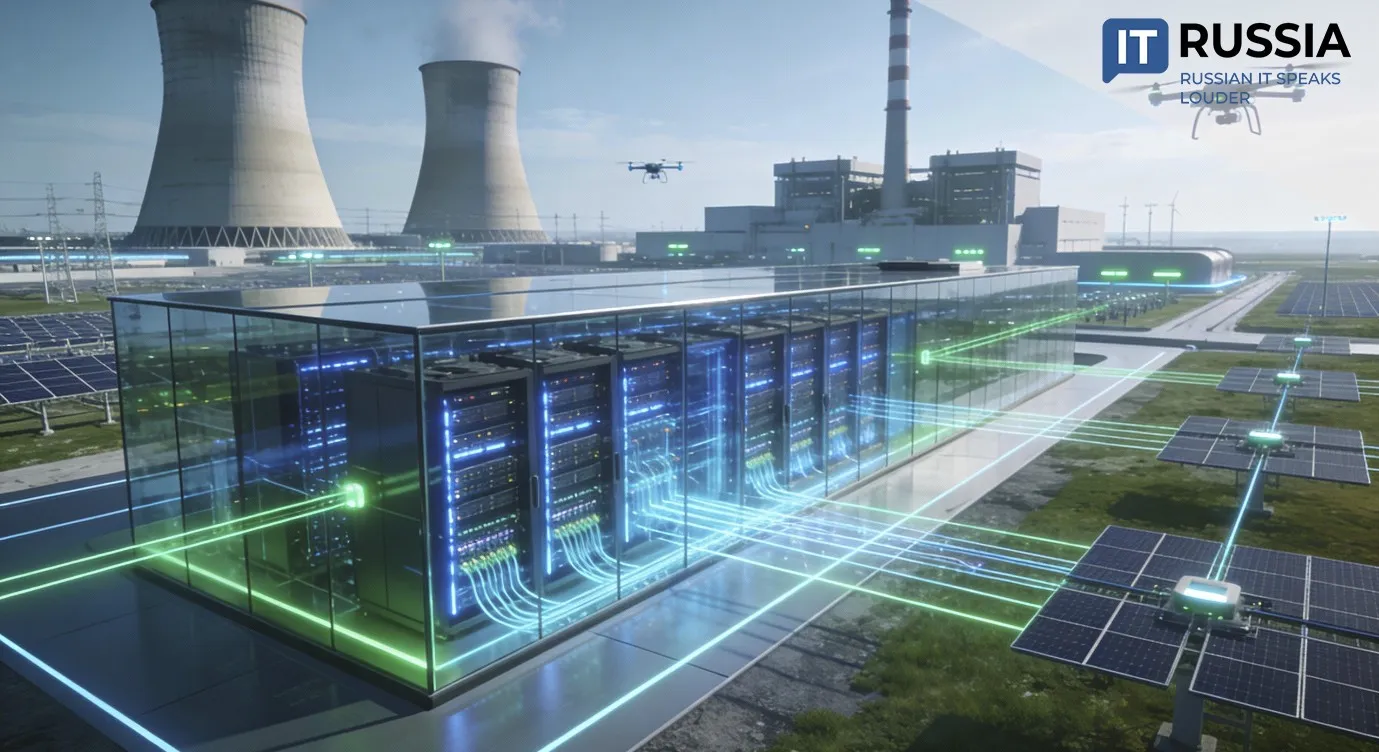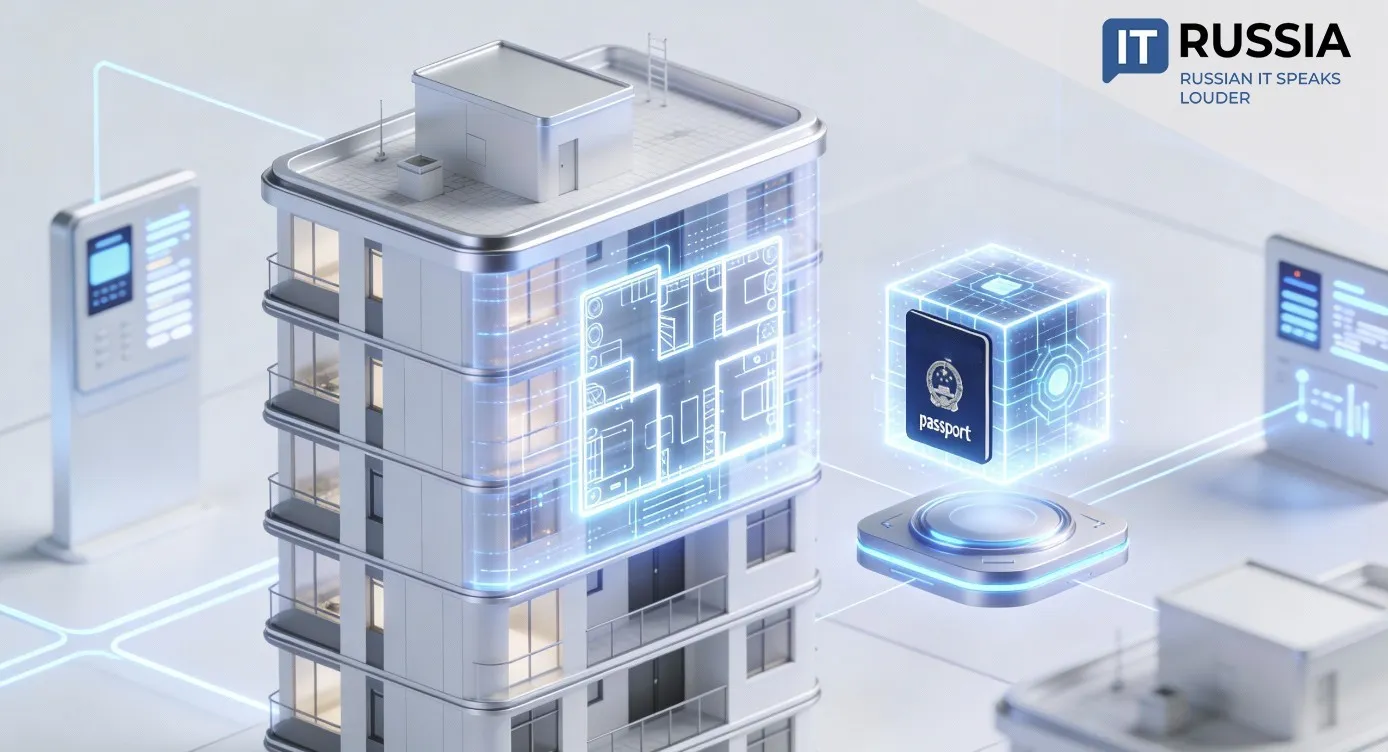Digital Twins of Cities: How Russia Is Turning Utilities and Energy into “Living” Systems

Russia aims to roll out digital twins for all cities with populations over one million by 2027, creating virtual replicas that boost transparency in property management, cut emergency response times to 30–40 minutes, and streamline urban planning
Nationwide Digital Transformation by 2027
The initiative will span dozens of metropolitan areas and thousands of infrastructure assets, delivering up to ₽50 billion in annual savings at regional and federal levels through reduced resource losses and automated workflows. By simulating water networks, power grids and public services in real time, municipalities can anticipate failures, allocate maintenance crews more efficiently, and prioritize capital projects based on data‑driven insights.

From Pilot Projects to National Standards
Over the past five years, Russia has laid a solid foundation for digital‑twin adoption. In 2024, Moscow launched a digital water‑utility model that pinpoints leaks within ten minutes and locates them to within one meter. Nearly every municipal solid‑waste landfill now has its own digital twin, saving ₽1 billion annually on remote monitoring. In 2021, the country approved GOST R 57700.37, its first national standard for digital twins covering their development, storage and use. High‑profile deployments—including IoT‑enabled fault prediction at Lakhta Center and Skolkovo Park—demonstrate the technology’s maturity and readiness for broader rollout.

Export Potential and Smart‑Building Applications
By 2030, digital twins are expected to underpin Russia’s urban infrastructure—and Russian solutions could be exported across the CIS. Case studies from Moscow and industrial sites offer turnkey blueprints for nations with emerging digital frameworks. Property managers will gain real‑time visibility into network loads, automated document workflows and dynamic energy‑use optimization. In high‑turnover office buildings, digital twins simplify tenant fit‑outs, access control and mechanical‑system management, with basic automation packages starting at ₽1 000 per m².

Challenges and Outlook
Widespread adoption hinges on boosting the share of IoT‑integration and data‑analysis specialists—currently under 5 percent of the workforce—and fortifying cybersecurity, as hacker attacks on critical infrastructure rose 30 percent in 2024. Nonetheless, experts forecast that by 2027 every million‑plus city in Russia will deploy digital twins, and Gartner predicts 60 percent of commercial properties will follow suit. Exports to Asia and Africa are poised to begin, leveraging Russian standards.
Digital twins are not static models but “living organisms.” In the energy sector, they enable virtual equipment testing that can save millions on physical trials. By 2030, Russia’s utilities and energy networks will evolve into dynamic, self‑learning systems where algorithms preempt failures and resources are allocated autonomously. Having established both regulatory frameworks and pilot implementations, Russia is positioning itself as a technology exporter for the smart cities of tomorrow.



